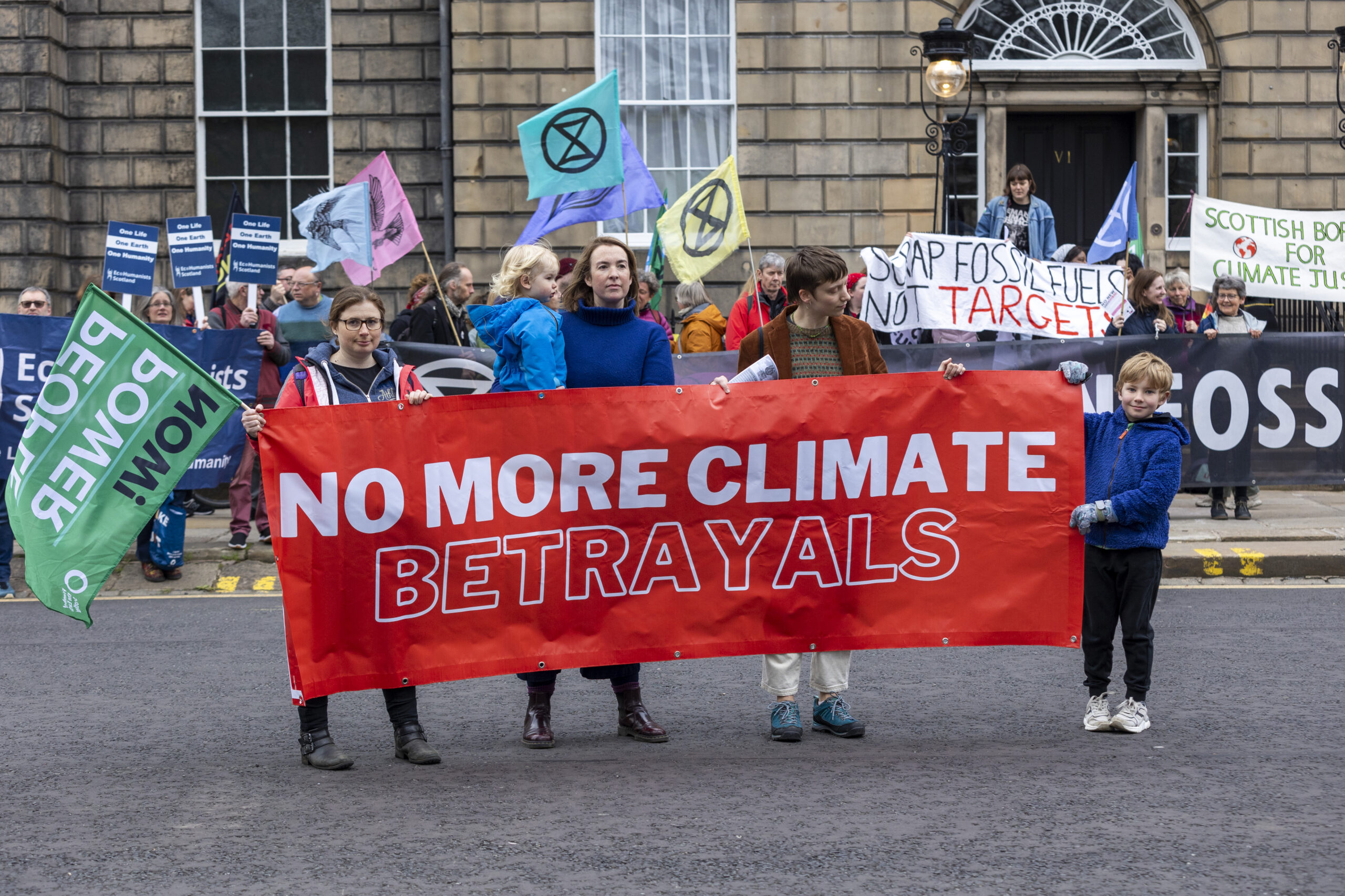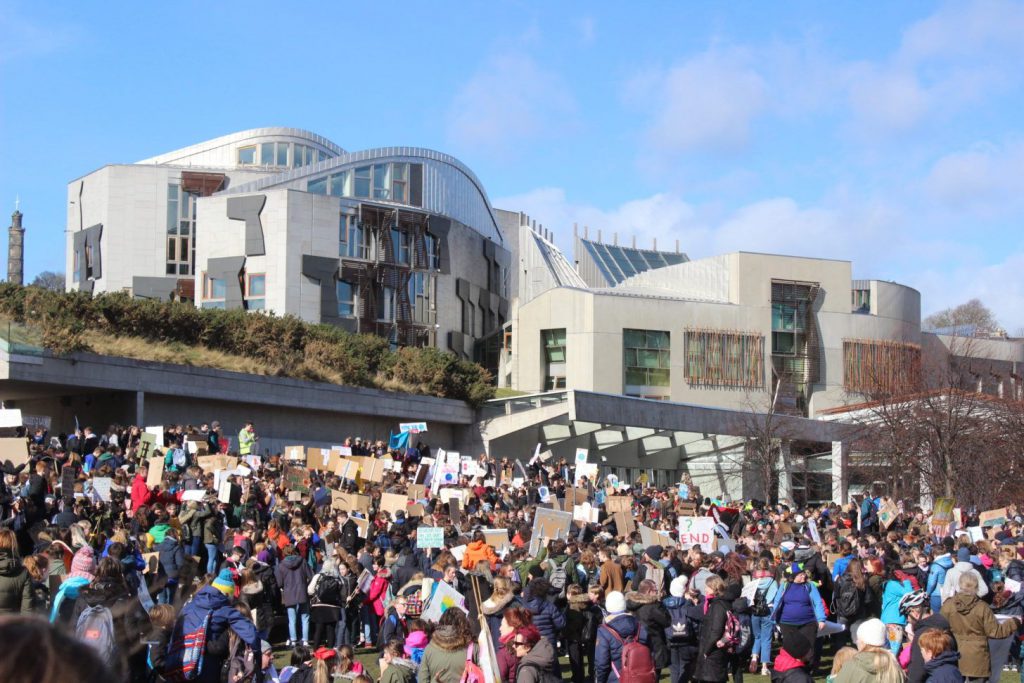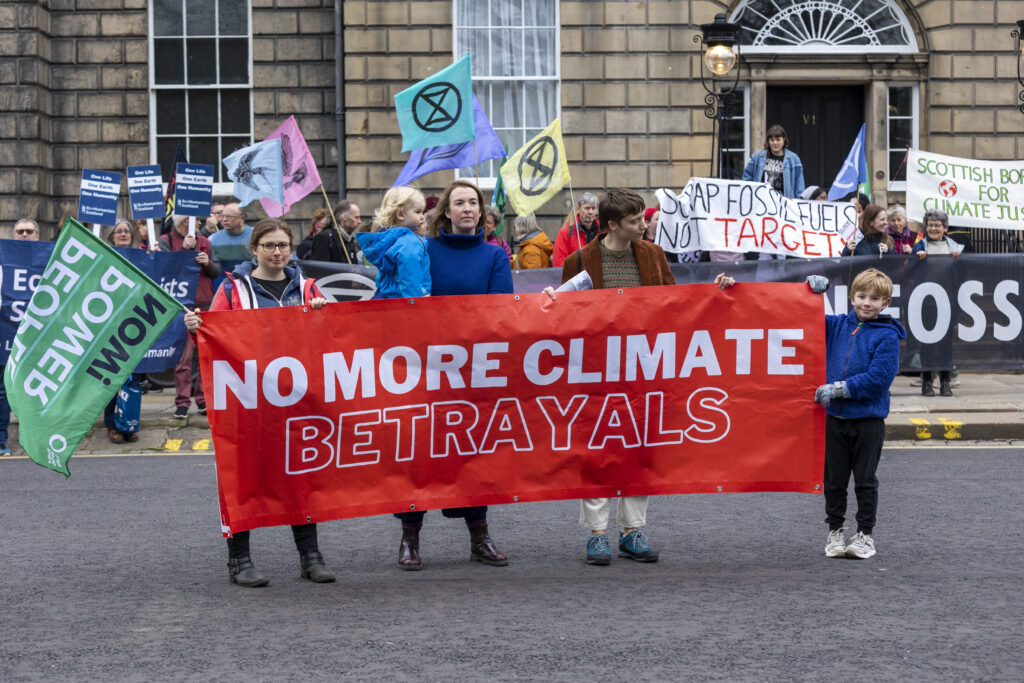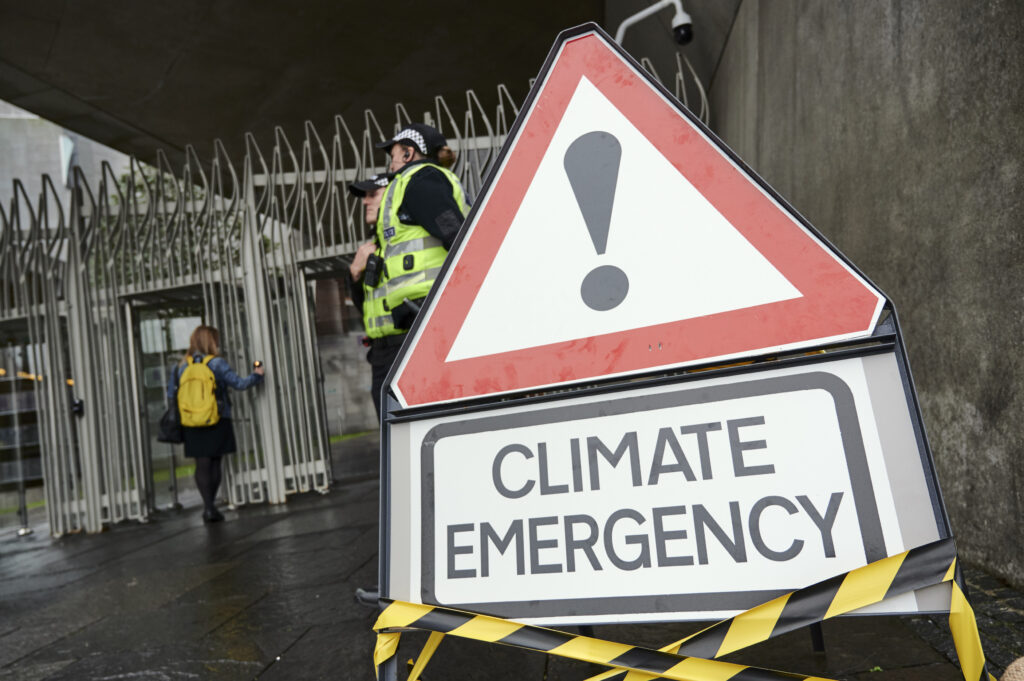
Why is Scotland scrapping its climate targets?
The Scottish Government will soon introduce a new law to scrap its climate targets. This blog will explain how we got here, why it matters and what must happen now.
What is happening to Scotland’s climate targets?
In April 2024, the Scottish Government announced its plan to scrap its 2030 climate commitments. These targets were based on what Scotland needs to do as part of global efforts to urgently reduce climate pollution.
In recent years, the Scottish Government has failed to act strongly enough to bring down climate pollution. Advisors then told ministers that because they’d done so little and left it so late, that the 2030 targets could now not be met.
Why do climate targets matter?
Scotland’s climate targets were a legal commitment to action. The Scottish Government had to measure its progress each year in reducing climate emissions and make a public statement as to whether the goal had been achieved and why.
The theory was that ministers would know they had to achieve a certain level of emissions reduction and would bring forward ideas and policies that would help deliver that. For example, if they knew they must bring down transport emissions they could discourage people from taking flights or make cycling an easier option than cars for people in cities.
Scotland had set strong targets because of public pressure for climate action during 2019. People power made the case that as a wealthy nation who has benefited from fossil fuels and bear a historical responsibility for causing this crisis, Scotland should be going further and faster.

So why did Scotland fail to meet these targets?
The Scottish Government praised itself as a climate leader. Nicola Sturgeon took a prominent role at the COP26 climate conference in Glasgow, was pictured alongside Greta Thunberg and the Scottish Government joined international groupings taking up action.
We now know that was a facade. The reality was that ministers were not willing to do the hard work of bringing in the changes needed that would improve lives and bring down climate pollution.
In fact, the Scottish Government has missed 9 out of 13 annual targets since Scotland’s first Climate Act was introduced in 2009. Targets should be challenging – that’s what should drive forward action. But that level of failure is abysmal.
Ministers repeatedly refused to create credible climate plans which would spell how and where emissions would be cut. Instead they delayed and dodged decisions – refusing to stand up to big polluters or seriously improve public transport.
What did people say about the decision to remove the climate targets?
The environmental movement reacted furiously calling it a ‘betrayal’, ‘a global embarrassment’ and we called it ‘the worst environmental decision in the history of the Parliament’.

The new target to reduce climate pollution was only agreed in 2019. The strengthening of the 2030 goal was in response to huge public pressure from climate groups like ourselves, Extinction Rebellion and Fridays for Future.
Young people going on climate strike from school hit the headlines around the world – including huge protests in Edinburgh and Glasgow just before the climate target vote in September of that year. All of these people have been let down by the Scottish Government’s failure to live up to its promises.
What was the political reaction?
The scandal of dropping the climate targets was so big that it led to the end of the Government partnership between the SNP and Greens and the resignation of the First Minister, Humza Yousaf.
Scottish Green Party members were so incensed by the decision they demanded a party vote on whether their MSPs should stay in the Scottish Government coalition agreement with the SNP. Before the Greens could organise that internal vote of members, then-First Minister Humza Yousaf unilaterally ended the SNP-Greens political partnership known as Bute House Agreement.
Humza Yousaf was then pushed out as First Minister and replaced by John Swinney with Kate Forbes as Deputy First Minister.
What happens to the targets now?
The Scottish Government recently published a new bill that it will use to remove the annual climate targets. Their plan is to move to a five year carbon budget approach instead. Carbon budgets are when the total emissions for a five year period are calculated and staying within this total becomes the goal.
The main issue with this approach is that the targets are far weaker. So effectively instead of the old targets aiming to cut pollution by 75% by 2030, now the goal will likely be to cut pollution by 68% by 2030. That’s a really big step backwards.

The actual figures of the new carbon budget will not be included in this new bill. But the bill does give ministers the power to set them later on without needing a vote in Parliament. The figures will be based on advice from the UK Climate Change Committee (UKCCC).
This advice is largely what the UKCCC think is politically and economically feasible – rather than committing to the transformative and redistributive change that science and justice requires. The UKCCC advice tends towards being conservative and unambitious.
Another downside of this is that multiyear budgets are a bit harder to track progress year on year – even though ministers say they will update parliament each year.
When will the new Climate Bill come to the Scottish Parliament?
The Stage 1 debate where all MSPs can discuss the broad principles of the bill will take place on Thursday 10 October.
It then goes to the Net Zero Committee for further consideration and amendment, which should be completed by Tuesday 29 October.
The final debate and vote for all MSPs is scheduled for Tuesday 5 November
What action do we need to see instead?
When the Scottish Government announced it would scrap 2030 targets, it also produced a package of what it called ‘catch up measures.’ This package was roundly panned as being woefully insufficient to the challenge of getting climate action back on track.
In the intervening months, under the leadership of Swinney and Forbes, the Scottish Government has gone even further backwards. The SNP has weakened its stance on new fossil fuels, undermining sustainable transport by hiking train fares and slashed funding for environmental restoration schemes. Meanwhile, the £4billion budget for three road schemes has remained untouched.
Here are just a few ideas that Scottish Government could implement:
- Remove peak train fares permanently and support local authorities to run bus services in the public interest
- Deliver a credible just transition plan that involves workers and communities in delivering a rapid shift away from fossil fuels.
- Ramp up the roll out of insulation schemes to ensure every home is well insulated and energy bills are reduced
- Reject the climate polluting plans to build another gas burning power station at Peterhead.
- End its desperate over-reliance on carbon capture technology which has repeatedly failed despite swallowing up huge amounts of public money
What are we doing about it?
We’ll be challenging the Government throughout its efforts to introduce this new Climate Bill. At every step we’ll be demanding the transformative ideas that will improve people’s lives as we cut climate-changing pollution.
